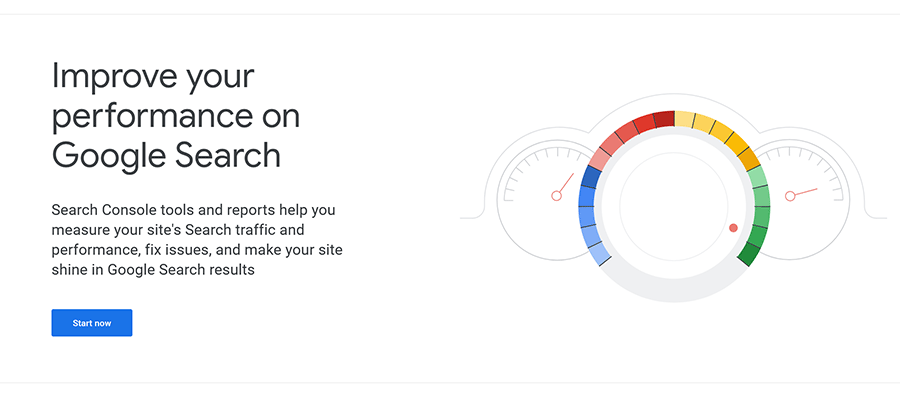
Before the rise of search engines, discovering websites was akin to navigating a maze without a map. We relied on serendipity to guide our explorations, clicking hyperlinks that led to unexpected destinations. This was the essence of “surfing” the web.
However, the advent of search engines such as Yahoo, AltaVista, and later Google revolutionized this chaotic journey, providing direction and accessibility to internet users. As these tools became more sophisticated, they also sparked a new competitive pursuit: search engine optimization (SEO).

The early days of SEO were marked by a wild west mentality. Website owners used any means necessary, including “black hat” tactics like keyword stuffing and invisible text, to climb the search engine rankings. This manipulation marked the beginning of SEO as both an industry and an art form, dedicated to deciphering and leveraging search engine algorithms.
Today, SEO has matured into a complex field that often feels like a constant chase after Google’s latest preferences. With ever-changing algorithms and ambiguous guidelines, maintaining a top position is like hitting a moving target. One algorithm tweak, and yesterday’s SEO champion can quickly become today’s laggard.
This uncertainty has fostered disillusionment among some practitioners, myself included. Perhaps it’s time to consider whether our current approach to SEO, with its focus on outmaneuvering each other and guessing Google’s next move, has run its course.
Focusing on What Works: The Basics of SEO
Despite the shifting sands of SEO tactics and strategies, certain fundamentals have stood the test of time. These principles focus more on serving the user than on gaming the system, and they offer a stable foundation for anyone looking to improve their web presence authentically.
1. Quality and Relevant Content:
The core of any successful SEO strategy is content. In the race to appease algorithms, it’s crucial not to lose sight of the content’s primary audience: real people. Content should be engaging, informative, and valuable to the reader. Instead of stuffing keywords or padding out articles to meet arbitrary word counts, focus on delivering clear, concise, and relevant information that addresses the needs and interests of your audience.
2. Well-Organized Website Structure:
A logically structured website benefits both users and search engines. It makes navigation intuitive and helps search engines understand and index the site’s content effectively. Using a content management system (CMS) like WordPress can aid in organizing content through hierarchical structures and taxonomies. Adding features like breadcrumb navigation and structured data can also enhance user experience and improve search visibility.
3. On-Page Optimization Tools:
Leveraging tools for on-page optimization can guide you in refining your content and structure without overcomplicating the process. Plugins available for platforms like WordPress can help optimize content, analyze on-page elements, and ensure you’re adhering to best practices. However, it’s important to use these tools as guides rather than strict rulebooks.
4. Utilizing Analytics and Search Console:
Tools like Google Analytics and Google Search Console are invaluable for understanding how your site performs and how visitors interact with it. They provide insights that can guide your SEO strategies and adjustments. Analytics help you track performance trends and identify areas for improvement, while Search Console offers a direct look at how Google views your site.

Building for Users, Not Just Algorithms:
In the end, the goal should be to create a website that serves your users well. A user-centric approach not only leads to better engagement and conversion rates but also aligns well with what search engines are ultimately trying to achieve: directing users to the most useful and relevant content. Instead of chasing the latest SEO trends, focus on producing quality content, ensuring your site is easy to navigate, and using tools to enhance your site’s performance and accessibility.
In sum, while it’s important to stay informed about changes in search engine algorithms, they shouldn’t dictate every decision. By focusing on solid SEO fundamentals and prioritizing the user experience, your site will not only be more enjoyable for visitors but also more likely to achieve and maintain a good standing in search results. This approach minimizes the risks associated with algorithm changes and builds a lasting foundation for online success.
Latest Article.






